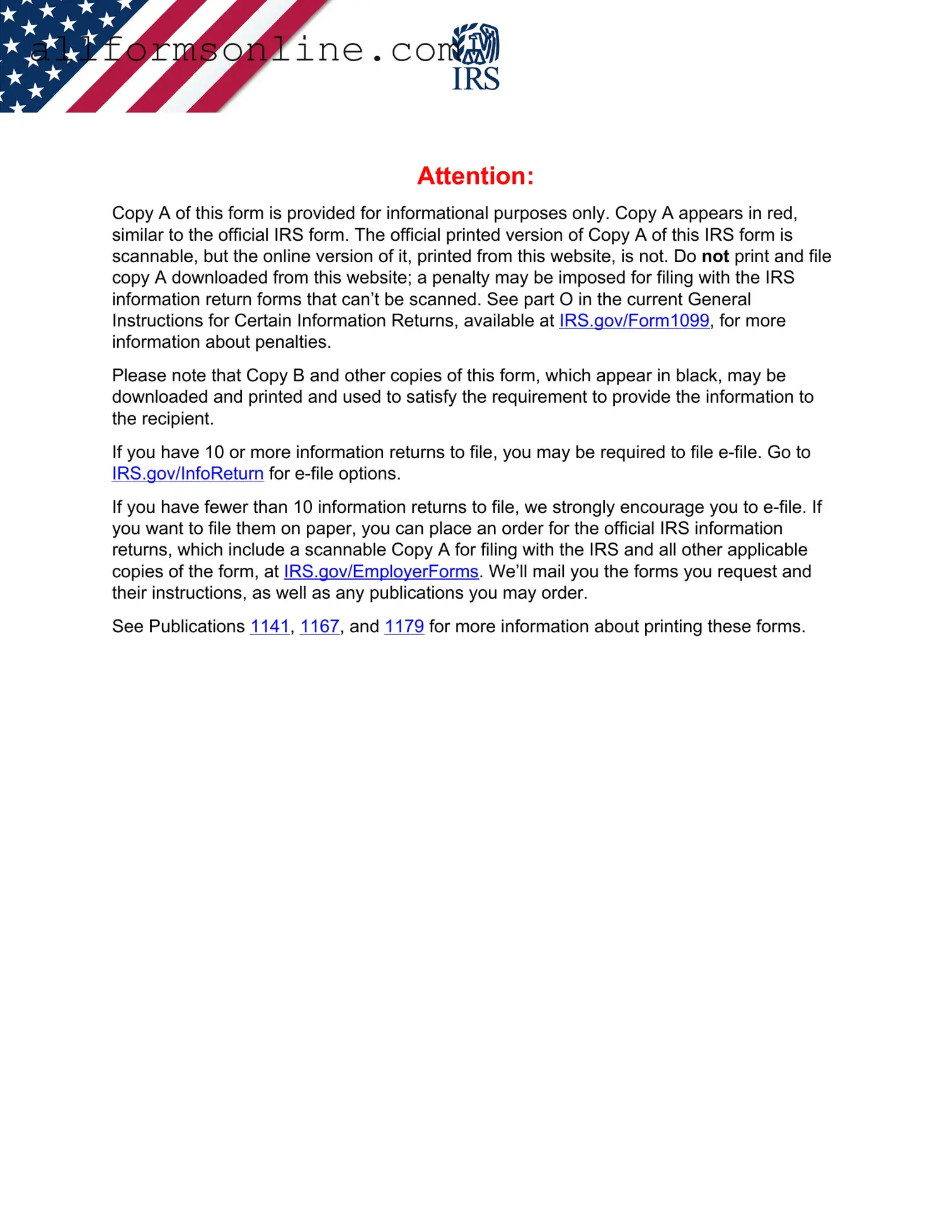What is the IRS 1099-MISC form?
The IRS 1099-MISC form is used to report various types of income received by individuals or businesses that are not classified as wages. This includes payments made to independent contractors, rent payments, prizes, and awards. If you received $600 or more from a single source during the tax year, that source is required to issue you a 1099-MISC form.
Who needs to file a 1099-MISC?
Businesses and individuals who make certain types of payments must file a 1099-MISC. This includes payments to independent contractors for services rendered, rent payments, and other specific payments like legal fees. If you paid someone $600 or more in a year for services, you are responsible for issuing a 1099-MISC to that person.
When is the 1099-MISC due?
The deadline for filing the 1099-MISC form is typically January 31 of the year following the tax year in which the payments were made. This means if you made payments in 2023, you must file the form by January 31, 2024. If you are filing electronically, the deadline remains the same.
What should I do if I receive a 1099-MISC?
If you receive a 1099-MISC, you should review it carefully. Ensure that all information is accurate, including your name, address, and the amounts reported. You will need this form when filing your taxes, as it reports income that must be included on your tax return. If you notice any discrepancies, contact the issuer immediately to correct the information.
What happens if I don’t receive a 1099-MISC but should have?
If you believe you should have received a 1099-MISC but did not, reach out to the payer to request it. It’s important to report all income, even if you don’t receive a 1099-MISC. You can still report the income on your tax return using your own records. Failure to report income can lead to penalties, so it’s best to address any missing forms promptly.
